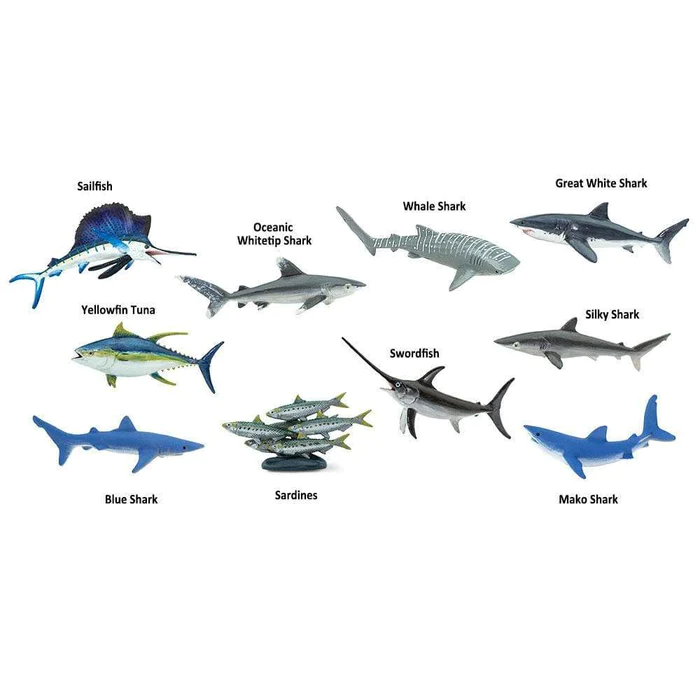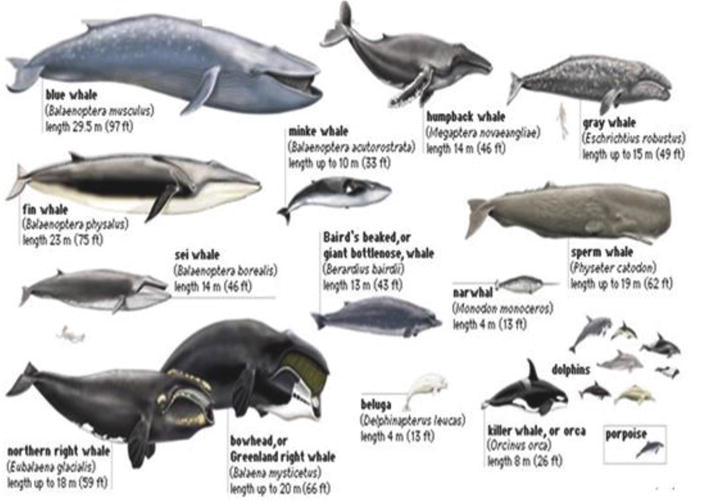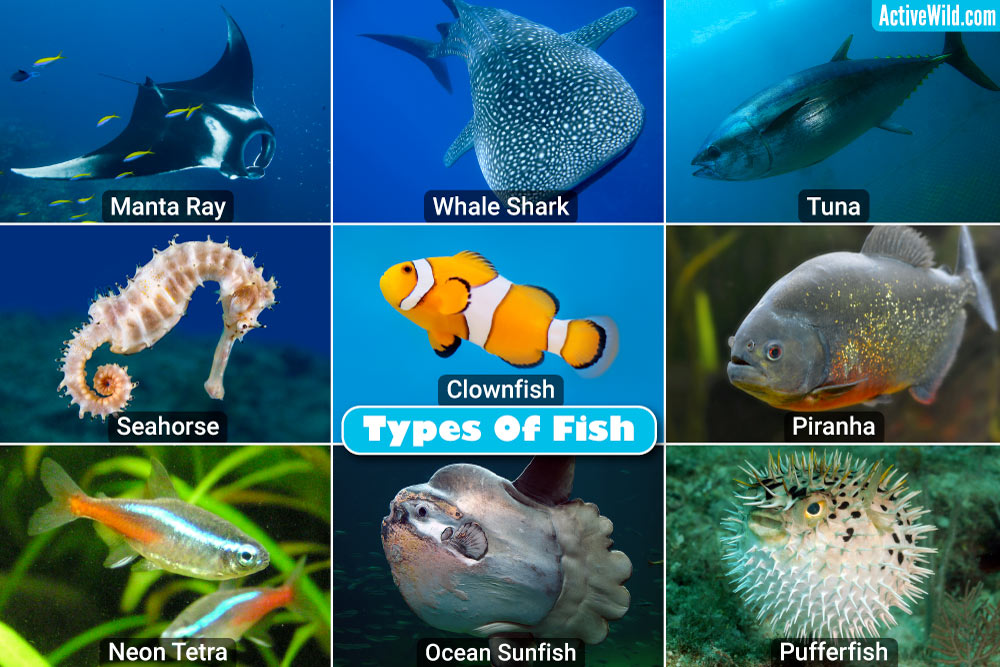Exploring the Diversity of Pelagic Fish: An Overview of Common Species
Exploring the Diversity of Pelagic Fish: An Overview of Common Species ===
Pelagic fish are a fascinating and diverse group of marine creatures that inhabit the open waters of the world’s oceans. From small, schooling sardines to the powerful and elusive swordfish, pelagic fish play a crucial role in the ocean’s ecosystem and are important for both commercial and recreational fisheries.
In this article, we will take a closer look at the diversity of pelagic fish, their characteristics, and the important role they play in the marine ecosystem. We will also highlight some of the most common and iconic pelagic fish species, and discover what makes them unique and important.
Introduction to Pelagic Fish
Pelagic fish are any fish that live in the pelagic zone of the ocean, which is the open water that is not near the bottom or the shore. This zone occupies the largest volume of the ocean, making up around 90% of the marine environment. Pelagic fish are found in all of the world’s oceans and can range from small, schooling fish to large, solitary predators.
Understanding the Pelagic Zone
The pelagic zone is divided into two main parts – the epipelagic zone and the mesopelagic zone. The epipelagic zone, also known as the “sunlit zone”, is the top layer of the ocean where sunlight can penetrate and support photosynthesis. This is where most pelagic fish species are found, as it provides them with ample food sources.
The mesopelagic zone, also known as the “twilight zone”, is located below the epipelagic zone and receives very little to no sunlight. This zone is home to some of the deeper dwelling pelagic fish species, including lanternfish and viperfish.
Diversity of Pelagic Fish
Pelagic fish can be found in a wide range of sizes, shapes, and colors. Some species are small and slender, while others are large and muscular. They also exhibit a diverse range of behaviors and adaptations, making them well-suited for life in the open ocean.
There are over 1,300 species of pelagic fish, and they can be found in all shapes and sizes. Some of the most common pelagic fish species include sardines, tuna, mackerel, swordfish, mahi-mahi, and sharks.
Characteristics of Pelagic Fish
Pelagic fish have unique physical characteristics that allow them to thrive in the open ocean. Many of them have streamlined bodies, which reduce drag and allow them to swim faster. They also have large, powerful tails and fins, which help them to propel through the water.
Another common characteristic among pelagic fish is their silvery coloration, which acts as camouflage and helps them to blend in with the reflective light of the ocean’s surface. This makes them less visible to predators from below.
Importance of Pelagic Fish
Pelagic fish play a crucial role in the ocean’s ecosystem. They are an important food source for larger predators such as sharks, dolphins, and whales. They also help to regulate the populations of smaller organisms, which in turn affects the overall balance of the marine ecosystem.
In addition to their ecological importance, pelagic fish are also an essential part of the world’s economy. They support commercial fisheries, providing a valuable source of food and income for many coastal communities. They are also highly sought after by recreational anglers, who enjoy the challenge of catching these powerful and elusive fish.
Common Pelagic Fish Species
There are many species of pelagic fish, but some of the most common and well-known include sardines, tuna, mackerel, swordfish, mahi-mahi, and sharks. Each of these species has its unique characteristics and plays a vital role in the marine ecosystem.
Sardines: A Small but Mighty Fish
Sardines are a type of small, schooling fish that can be found in all of the world’s oceans. They are known for their high oil content, which makes them a valuable food source for larger predators. Sardines are also an essential part of the seafood industry, and they are commonly canned for human consumption.
Tuna: The Iconic Pelagic Predator
Tuna is a large, powerful fish that is widely distributed in the world’s oceans. They are known for their speed and agility, making them apex predators in the pelagic zone. Tuna is also highly valued in the seafood industry, and their meat is considered a delicacy in many cultures.
Mackerel: A Versatile and Abundant Fish
Mackerel is a medium-sized pelagic fish that is found in both the Atlantic and Pacific oceans. They have a distinct blue and green coloration and are known for their rapid growth rate and high reproductive capacity. Mackerel is an important commercial fish, and they are also enjoyed by recreational anglers.
Swordfish: The Ultimate Pelagic Hunter
Swordfish is a large, predatory fish that is known for its long, sword-like bill. They are found in tropical and temperate waters and are capable of swimming at high speeds. Swordfish is highly sought after by commercial and recreational fisheries, primarily for their meat.
Mahi-Mahi: A Colorful and Delicious Fish
Mahi-Mahi, also known as the dolphin fish, is a brightly colored and highly prized species of pelagic fish. They are found in tropical and subtropical waters and are known for their acrobatic leaps when caught. Mahi-Mahi is a popular game fish and is also commercially fished for their delicious white meat.
Shark: The Apex Predator of the Pelagic Zone
Sharks are one of the most iconic and feared pelagic fish species. They are found in all of the world’s oceans and are known for their powerful jaws and sharp teeth. Sharks play a crucial role in the marine food chain as top predators, and they are also commercially fished for their fins and meat.
In conclusion, the diversity of pelagic fish is vast and fascinating. These animals have adapted to thrive in the open ocean, playing a crucial role in the marine ecosystem and supporting the livelihoods of many people worldwide. By understanding and appreciating these common pelagic fish species, we can gain a better understanding of the complex and beautiful world that exists beneath the ocean’s surface.



